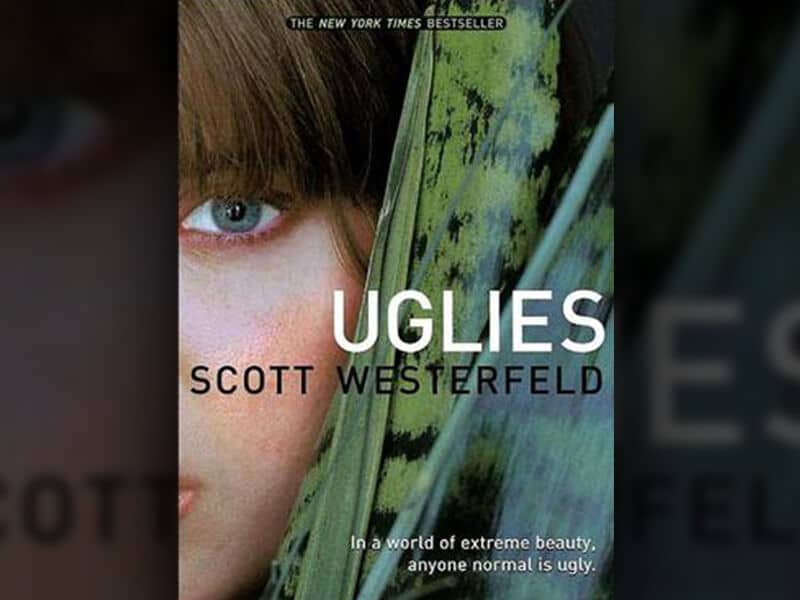This mysticism, Stow writes, "allowed Jews to transcend the physical limits of the ghetto. It permitted them to fantasize that things were the opposite of what they seemed to be in reality. Closure was really an opening. By being restricted to the ghetto, therefore, the Jews were being propelled mystically toward their rendezvous with the liberation of the messianic moment. Mystical speculation made them immune to the threats of the outside world.
The prophet of the new Jewish mysticism, "the central figure of the new Kabbalah," in Gershom Scholem's phrase, was Isaac Luria (1534-1572). He was a contemporary of the ghetto-creating inquisitor pope, Paul IV, but Luria, "the Holy Lion," had a ferocity that expressed itself differently. He lived in Palestine, in Safed, a city that still draws mystical seekers. "Rising from the haze of fog of Upper Galilee's deepest ravines and valleys, Safed has no biblical pedigree, no deep roots in the scriptural or prophetic history of Israel.," Neil Asher Silberman writes, "Yet after 1492, with the horror and uncertainty of the Spanish Expulsion and the increasing flow of Jewish immigrants toward the Ottoman Empire, Safed was one of the several towns in the Holy Land that received a significant number of refugees." Silberman cites a "massive influx of sages back into the Land of Israel."
Refracted through Luria's genius, Kabbalah offered a bracing worldview that enabled its adherents to stand amid the swirl of individualism that marked the unfolding new epoch-without being swept away by it. Kabbalah was rooted in an enduring faith in Israel as God's chosen people, and that peoplehood was never more to the point. Thus Jews found a way to temper the individualism that would mark the coming modern age. Because exile was defined as essential to the human condition, the scattering of the Jewish people would become a condition of cohesion, not dispersal.
Luria's teachings spread quickly through the traumatized Jewish world. In an ingenious leap of religious imagination, Luria enabled Jews to transcend their recent experience of catastrophe by positing a primordial catastrophe--tsimtsum--in which elements of the Divine Being were splintered into an infinity of broken pieces. These "shards" are the stuff of creation. The purpose of creation, this splintering of God, was seen as nothing less than, in Silberman's words, "destroying the principle of evil from within."
Once this shattering of the divine has occurred, it becomes the responsibility not of a single Messiah but of the Jewish people to bring about the gradual restoration of cosmic unity and God's own being, the ultimate ingathering of those broken pieces-a redemptive process that is called tikkun olam. The Messiah will come when the work of the Jewish people has been accomplished, which will be done through faithful study of Torah, observance of the Law, and the performance of works of justice. Tikkun is one of the most precious ideas ever to strike the human mind. It is the "restoration of creation [which] must be carried out by the religious acts of individual men, of all Jews struggling in the Exile that Luria saw as the universal human existence.
Emphasis on redemption based on the response of the people set Judaism apart from Christianity more than ever, for in bringing about the fulfillment of time, the Messiah, in this scheme, takes second place to Torah. Jews found a way to believe that even in their degraded situation, they had a noble, uplifting function to perform, one entirely unlike the Christian mandate-one that was nothing less than contributing to the restoration of the fullness of the Godhead. By means of the lighting of candles on Shabbat, the study of Torah, the observance of mitzvot ("commandments"), and prayer, exiled Jews understood themselves to be preparing for a messianic future by redeeming the splintered past. It was a call to rebuild the cosmos so that the exiled God could come home.

